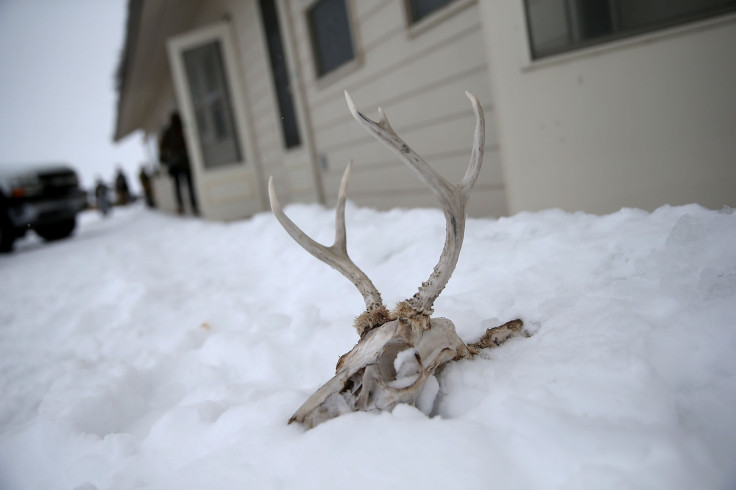California Drought Update: More Rain, Snow Coming To Sierra Nevadas After Winter Storm Maya

Parts of California, Nevada and Idaho were on weather watches Tuesday as a low pressure system began to move across the region. A warm front was set to drop a foot of snow in the northern Sierra Nevada Mountains and Cascades as well as up to six inches of rain in the southern Sierra Nevadas, according to the National Weather Service.
The system came on the heels of Winter Storm Maya, which earlier this week left the Sierra-at-Tahoe ski resort with a foot of snow and the Alpine Meadows and Mammoth Mountain with 10 inches, according to the Weather Channel. Maya, which gave Seattle its heaviest snow since 2012, was moving toward the Northeast Tuesday, snow and ice in tow.
The upcoming system on track to impact California will have "precipitation rates that occur on average only once every five to 10 years," the National Weather Service branch in Sacramento wrote on its website. It added that saturated soils and rivers running high could trigger flood concerns.
Updated storm timeline! Highest impact expected to be from flooding with another round of strong winds on Thursday #cawx pic.twitter.com/qLGppnIAws
— NWS Sacramento (@NWSSacramento) February 7, 2017
It could also change the Golden State's drought situation, which intensified three years ago to the extent that then-California Gov. Jerry Brown declared a state of drought emergency. This past January was good to the dry land: Heavy rains decreased the percent of California in drought from 75.26 percent in November to 50.8 percent as of Jan. 31, according to the U.S. Drought Monitor. That's the lowest number since April 2013.
Snow accumulation in the Sierra Nevadas reached 173 percent of average, as well. Though the drought was far from over, that represented more good news, because snowpack accounts for about a third of the state's water each year, the Associated Press reported. The infusion of water to the dry region could continue with the upcoming storms.
"It gives everything a much brighter outlook," Frank Gehrke, with the state's department of water resources, told the AP.
Sloughhouse Store surrounded by water #DeerCreek @GoodDaySac @CBSSacramento @LauraSkirdeWx #CAStorm pic.twitter.com/V48swCc61y
— DG (@CameraGuyDave1) February 7, 2017
© Copyright IBTimes 2025. All rights reserved.






















